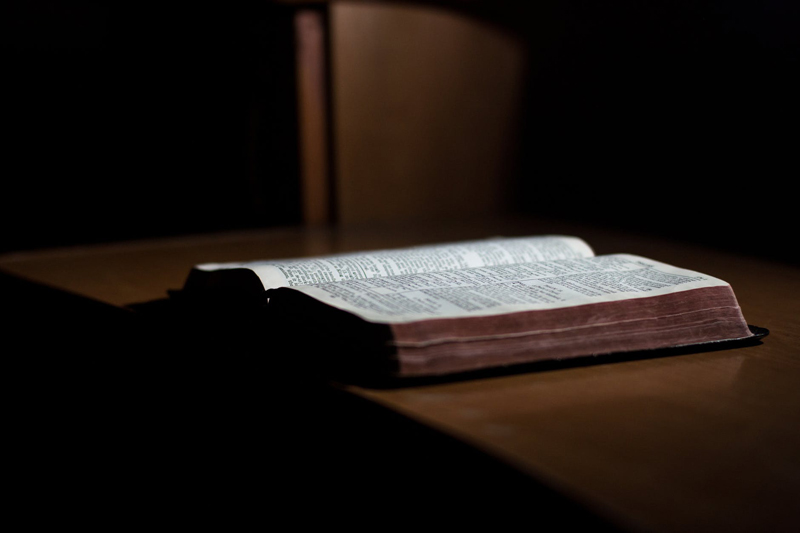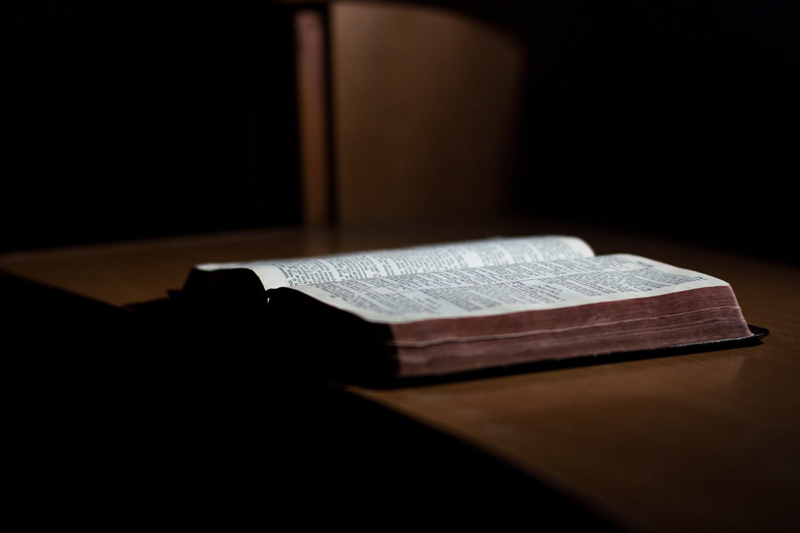Relief Society Declaration: Introduction

Guest Article by Terrie Lynn Bittner
The Relief Society Declaration is a recent creation, designed to help women summarize who they are and who they may become. The teenaged girls have had their own statement for many years and it has proven to be of great value to them. Some portions of the declaration state the same facts, and others are designed to enlarge the increased responsibilities of adult womanhood.
In the coming weeks, I will be posting a series of articles on the declaration, discussing the parts in detail. This is not an official LDS site, and the views offered are my own. I hope they will spark thought and discussion among those who study the declaration with me. The full declaration can be read here: Relief Society Declaration.
The declaration was presented to the women of the church in the October 1999 General Conference. It was an exciting moment that helped to direct our focus as women in the church, and the talk by Sister Smoot announcing the declaration was appropriately called, Rejoice, Daughters of Zion.
The principles taught in this inspired document are, perhaps, not virtues celebrated often in today's world, but they are the virtues God has always cherished in his daughters. They clearly define us as an essential part of His plan, different from men, and special. The Declaration sets forth goals that we can use in making our New Year resolutions or charting our futures. I look forward to exploring this declaration with you. I hope you will use the link to the right of each article that invites you to talk about the articles. You will need to complete a short registration to do so. Please help us fill the LDS board with uplifting thoughts on the role of women in the church.
The Relief Society Declaration is a recent creation, designed to help women summarize who they are and who they may become. The teenaged girls have had their own statement for many years and it has proven to be of great value to them. Some portions of the declaration state the same facts, and others are designed to enlarge the increased responsibilities of adult womanhood.
In the coming weeks, I will be posting a series of articles on the declaration, discussing the parts in detail. This is not an official LDS site, and the views offered are my own. I hope they will spark thought and discussion among those who study the declaration with me. The full declaration can be read here: Relief Society Declaration.
The declaration was presented to the women of the church in the October 1999 General Conference. It was an exciting moment that helped to direct our focus as women in the church, and the talk by Sister Smoot announcing the declaration was appropriately called, Rejoice, Daughters of Zion.
The principles taught in this inspired document are, perhaps, not virtues celebrated often in today's world, but they are the virtues God has always cherished in his daughters. They clearly define us as an essential part of His plan, different from men, and special. The Declaration sets forth goals that we can use in making our New Year resolutions or charting our futures. I look forward to exploring this declaration with you. I hope you will use the link to the right of each article that invites you to talk about the articles. You will need to complete a short registration to do so. Please help us fill the LDS board with uplifting thoughts on the role of women in the church.
You Should Also Read:
Talk About This!
Womanhood and the LDS Church

Related Articles
Editor's Picks Articles
Top Ten Articles
Previous Features
Site Map
Content copyright © 2023 by Terrie Lynn Bittner. All rights reserved.
This content was written by Terrie Lynn Bittner. If you wish to use this content in any manner, you need written permission. Contact C.S. Bezas for details.



